The Zhurong rover has quite an eye for landscape photography.
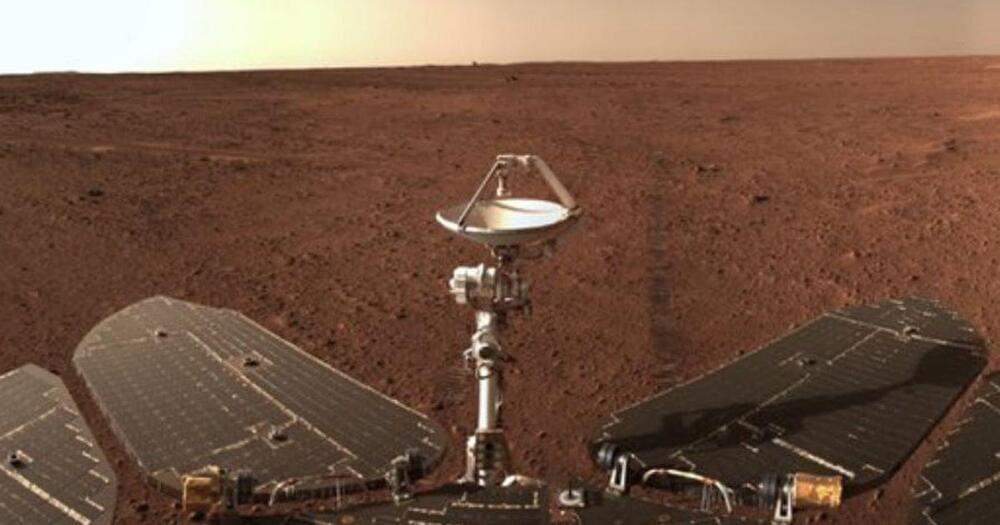

“There’s nothing in the universe that looks fast to this camera.”
SpaceX has come a long way in the three years since Starhopper’s debut. Here’s the progress being made on the Starship and Dragon spacecraft today.
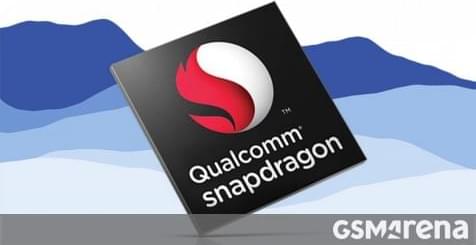
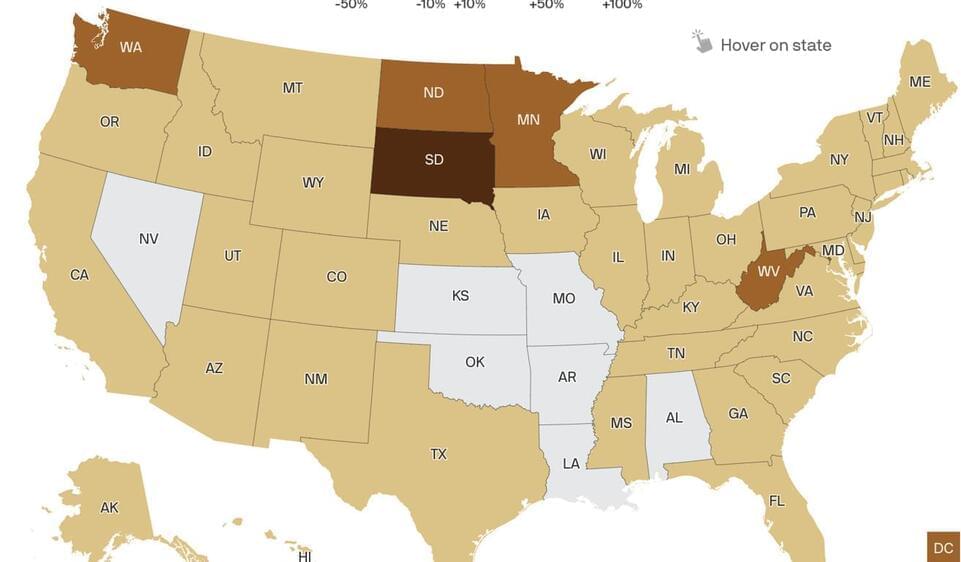

“We have a much deeper sense of what actions make a difference for the safety of our restaurant teams and crew,” McDonald’s USA President Joe Erlinger said during a Wednesday meeting, according to the materials.
In Wednesday’s conference call, McDonald’s executives recommended franchisees consider closing indoor seating in counties where Covid cases exceed 250 per 100,000 people on a rolling three-week average.

A plant fossil from a geological formation in Scotland sheds light on the development of the earliest known form of roots. A team led by researchers at GMI – the Gregor Mendel Institute of Molecular Plant Biology of the Austrian Academy of Sciences, the University of Edinburgh, and the University of Oxford realize the first 3D reconstruction of a Devonian plant based exclusively on fossil evidence. The findings demonstrate that the appearance of different axis types at branching points resulted in the evolution complexity soon after land plants evolved sometime before 400 million years ago. The results are published in eLife.
New research demonstrates how the oldest known root axed developed more than 400 million years ago. The evolution of roots at this time was a dramatic event that impacted our planet and atmosphere and resulted in transformative ecological and climate change.
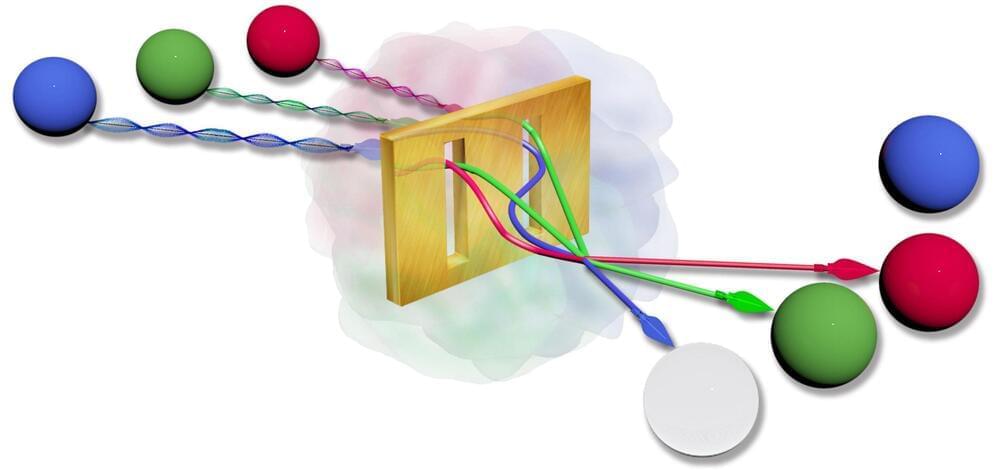
LSU Quantum researchers rearrange photon distribution to create different light sources.
For decades, scholars have believed that the quantum statistical properties of bosons are preserved in plasmonic systems, and therefore will not create different form of light.
This rapidly growing field of research focuses on quantum properties of light and its interaction with matter at the nanoscale level. Stimulated by experimental work in the possibility of preserving nonclassical correlations in light-matter interactions mediated by scattering of photons and plasmons, it has been assumed that similar dynamics underlie the conservation of the quantum fluctuations that define the nature of light sources. The possibility of using nanoscale system to create exotic forms of light could pave the way for next-generation quantum devices. It could also constitute a novel platform for exploring novel quantum phenomena.
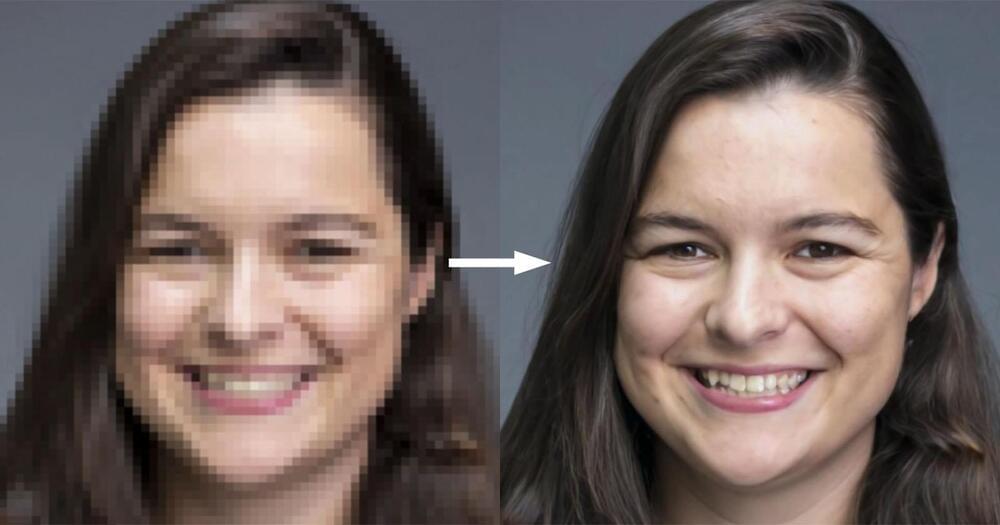
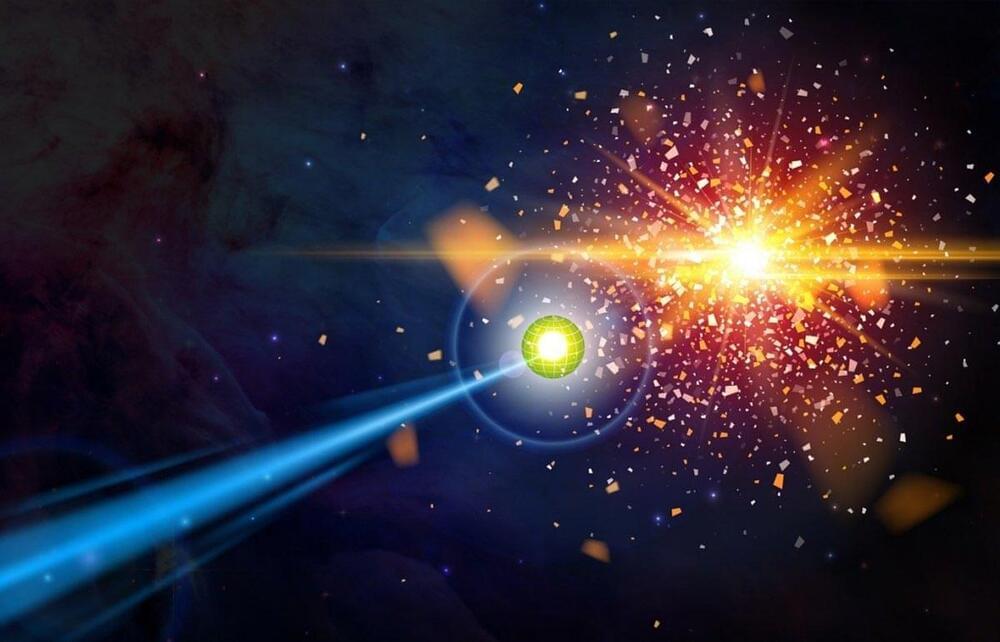
New research by Surrey’s Nuclear Physics Group has shown that it’s possible to mimic excited quantum states with exotic nuclei, opening up a host of opportunities for next generation radioactive beam facilities, such as the Facility for Rare Isotope Beams (FRIB).
The results of the project – which was a collaboration between the University of Surrey and Michigan State University, USA – were published in Physical Review Letters in January 2021. The lead author was Surrey PhD student Samuel Hallam, who also studied for his undergraduate physics degree at Surrey.
One of the biggest challenges in nuclear physics is measuring reactions that occur on excited quantum states, such as are found in exploding stars due to extreme temperature and density. Until now, physicists have had to determine the rates at which nuclear reactions occur in these conditions through theoretical estimates.